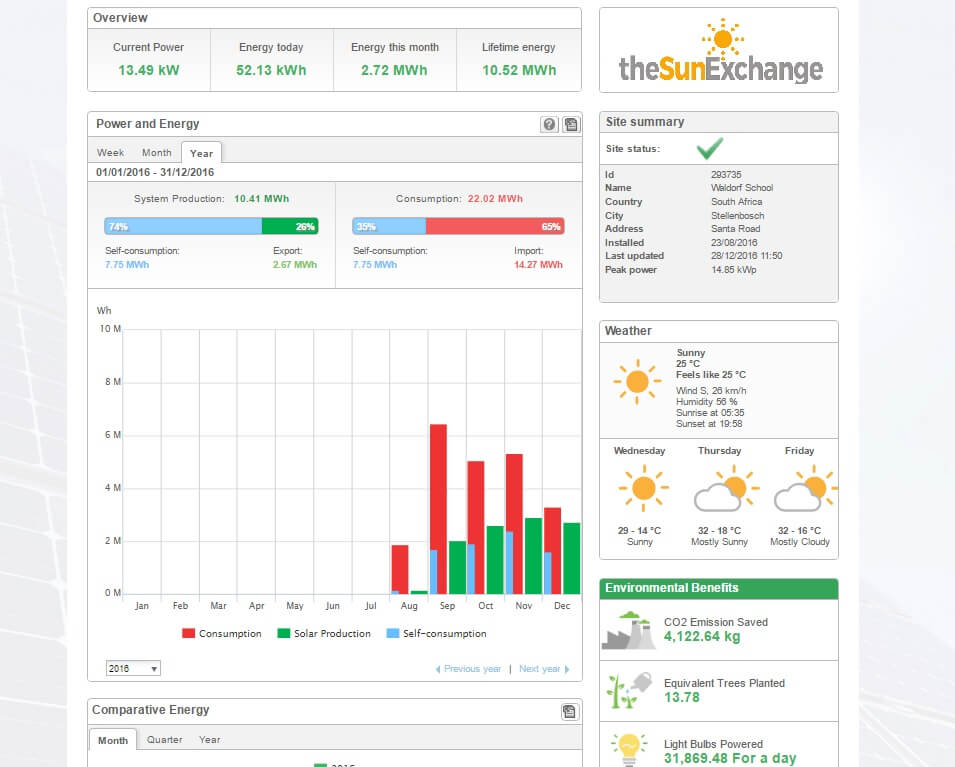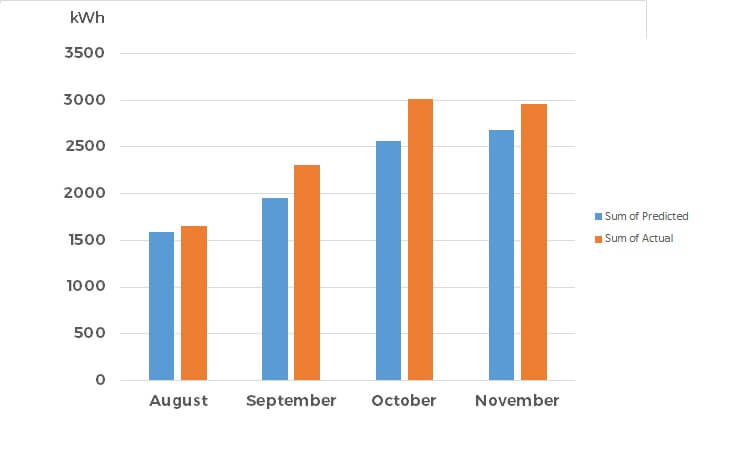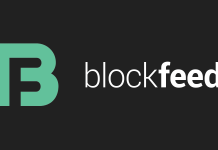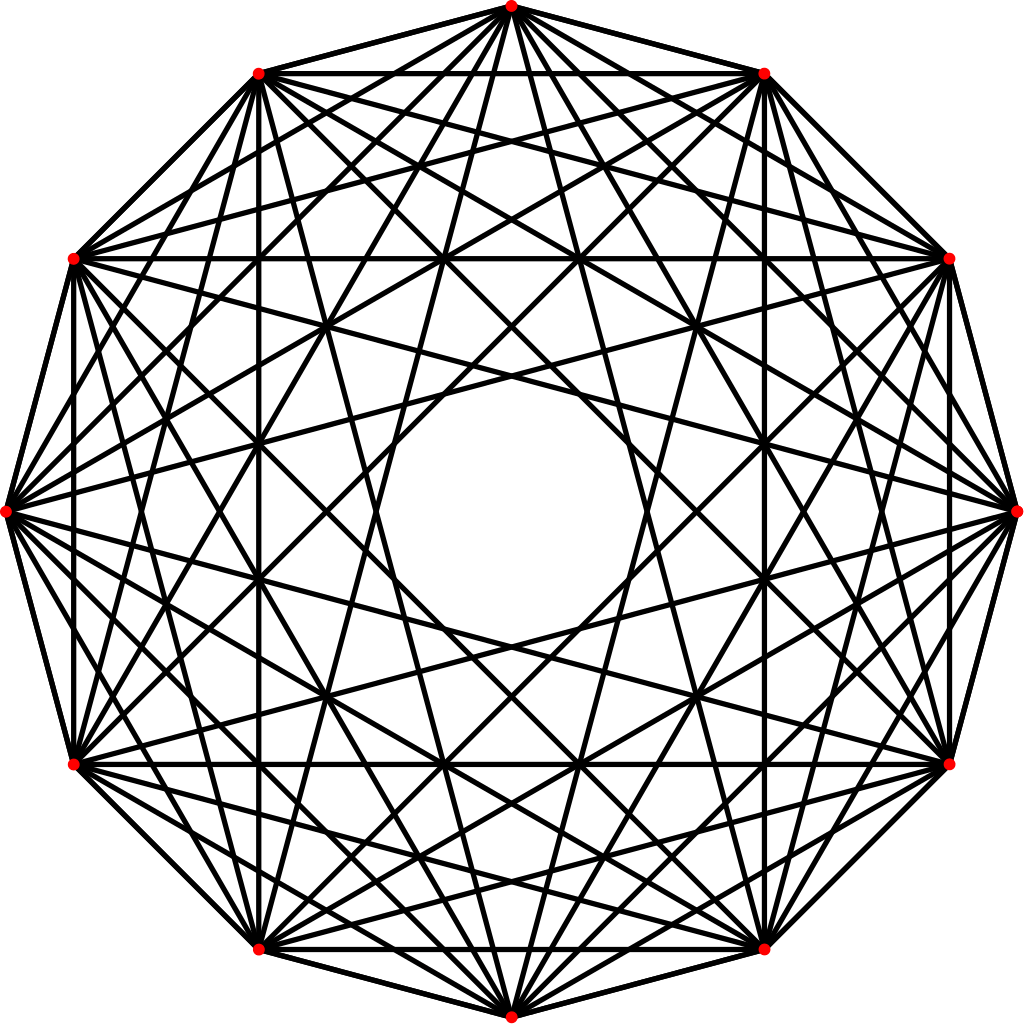TheSunExchange is a solar panel purchase and lease platform. Investors buy solar panels, The SunExchange then leases them out to third parties. Purchasing solar cells can be done with either Bitcoin or the South African rand. Potentially, the income generated from this platforms gives investors a passive income stream coming directly from the sun.
Abraham Cambridge was very kind to answer our questions regarding The Sun Exchange platform and their projects.
What are three main benefits for investors investing in the solar panel through your platform?
Three main benefits of Buying solar cells through the Sun Exchange as an investment:
1) PREDICTABLE INCOME: Solar energy, especially in South Africa, is highly predictable. The income potential from buying solar cells is directly linked to the exist, which we predict with a 90% probability factor, so the back ground revenue yield we estimate has a very high certainty of being realised.
2) BITCOIN BASED PAYMENTS: As our platform is based on Blockchain technology, anyone anywhere can own solar panels powering Africa, supporting global development whilst ensuring a long-term income stream. Bitcoin allows us to send and receive very small or even very large payments across borders quickly and securely. This would be impractical and even impossible not using Bitcoin. For Bitcoin Owners, converting BTC wealth into solar cells is a great way of reducing your exposure to BTC volatility, by exiting an uncertain BTC wealth position into a tangible yield bearing asset that will earn them 20 years of passive BTC income.
3) TRANSPARENT: You know how your money is being put to use. You know your cells are powering a certain school or factory and your can see your money working through our solar plant monitoring portals.
What are three key risks that investors need to consider?
THREE RISKS:
1) SOLAR ENERGY USER DEFAULT: This is probably the main risk, that the person consuming the electricity stops paying. This would be in breach of their 20-year lease agreement and would then be changeable in court, as the least resort. The solar plant still exisits and can be re-utilised elsewhere in a worst case scenario. We provide financial backgrond information for each electricity user in each Product Information document on our site, and we would only host a project once we a satisfied they are good customer. Ultimately our Users can mitigate against this risk by buying cells across multiple projects, which is the whole point of our crowd-selling system.
2) FIRE OR THEFT OF YOUR SOLAR ASSETS: Each solar cell you buy through The Sun Exchange physically exists in the real world. To ensure that it exists for the duration of the project, The Sun Exchange insures it for fire; that theft so it will be replaced if anything happens to it.
3) SOLAR PLANT HAS A FAULT: The solar electricity user only has to pay for kWh of solar energy produced. If the solar plant breaks down, the payments will stop. To ensure that the solar plant is kept fully operational for the duration of the 20 year project we contract the installation company to look after it and we set aside a Operation and Maintenance Reserve this is done for each project to ensure that any work that needs doing or spare parts that need buying can be paid for. The solar plant itself has a 2-year installation defect warranty and your solar cells have a 25-year power output guarantee.
You have already financed one Solar PV project, are the returns from this project as expected? Can you give us more details on the distributions paid to the investors? Would it be possible to have a screen shot from the Sun Exchange dashboard for this project?
I have attached a screen grab of the monitoring portal of the StellenboshWaldorf School Project and a graph showing predicted performance over actual performance of the solar plant. The actual solar performance is 12.66% higher than we predicted.


How is the firm leasing the solar panels profiting from this lease?
The businesses leasing the solar cells profit through saving money from the alternative, which is buying more expensive electricity from the utility. We try to get the user at least a 10% cost saving from leasing the solar cells through The Sun Exchange. In some instances we are supplying solar power where previously they were relying on very expensive diesel generators for electricity. In such cases, leasing solar through The Sun Exchange would give them a 70% cost saving per kWh of solar energy.
What is the cut of SolarExchange on the profits from the electricity panels?
We make profit from selling the solar cells which pays for the rest of the solar installation hardware and labour costs and also covers our costs of arranging the crowd-sale which is a very time consuming process as we do a lot of technical, legal and financial due diligence on each project, plus the marketing cost of letting people know when a crowd-sale is open and the resulting processing.
Who has priority on the profits, the renters of the solar panels or the owner/ investors of the solar panels?
The renters of the solar panels are buying the electricity for a fixed price per kWh. The revenue from this is used to pay for insurance, operation and maintenance and the remainder goes to the solar cell owners. The income estimates we provide to solar cell owners will already take into account these project costs which are very predictable and proportional to the project size.
What happens if the firm leasing the solar cells defaults? / Are the cells/panels insured against damage, theft? / Are the damages and the profits collectivised or calculated per individual solar cell?
See RISKS Section. Profits are calculated per individual solar cell. The income you get is what your solar cell will of produced.
Will the investors or the firm leasing the panels earn solar coin? With what frequency are these paid?
It is the Owners of the solar cells, not the firm leasing them, that gets to earn the SolarCoin bonus income stream. SolarCoin is paid out every 6 months at the moment, but I understand from discussions with them that they will work with us to increase this frequency to a per kWh payout basis that is possible thanks to blockchain technology.
What are the dynamics of supply and demand on your platform? Do you have more investors than projects or vice versa?
From the top down perspective there is currently 650 million people in Africa without electricity, so we could consider that an overdemand of people looking to use solar. Though when you consider that globally to date over USD$5 Trillion has been pledged to be divested from fossil fuels into clean energy, the problem isn’t a lack of funds it is the absence of a marketplace to link funds to projects. Bottom up, we have spent the past 36 months building a pipeline of around 50MW of solar projects to host, or >$50 million worth of finance needed. We will launch these projects at the same speed as our User adoption grows. We have been live now for around 6 – 9 months and word is spreading about our new and exciting way to earn income that is linked to reliable solar power production, so we expect the number of Customers using our platform to accelerate over the coming year.
How do you see the future of theSunExchange?
We will be the market place where solar projects in the developing world get linked to funders. We are already on this path so the future will just bring more projects in more diverse locations. Once enough people are using The Sun Exchange there will be a need to create a secondary market place for Owners to sell their solar cells, this creates an aspect of liquidity which means that solar cell ownership would be rather like holding yield-bearing assets. The possibility of creating an economy that is entirely driven by the value of clean and predictable solar energy is our ultimate vision.
Indiegogo campaign Clarification: “In addition to the merchandise mega-pack, we will grant you ‘pro-user’ status giving you 10% higher interest rates when using The Sun Exchange than normal users. ” Does this mean that an investor will “20%” returns throughout the life of the project?
The 10% bonus is a proportion rather than an absolute value. So if a project has a 10% return, you will receive income worth 11%. The bonus income will continue to be paid out until the original pledge amount has been paid back.
Visit The Sun Exchange, to understand more about their platform and their projects.











